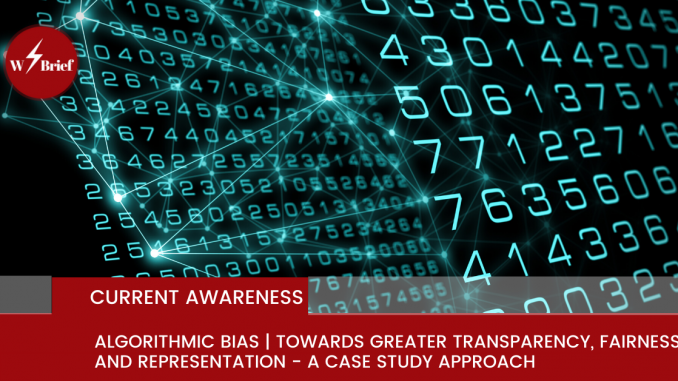Learn more about AI in the workplace

AI
Algorithmic Bias | Towards greater Transparency, Fairness and Representation in automated systems design
Algorithmic bias, hidden in code, is a mirror reflecting biases in the data it learns from. It can perpetuate discrimination, deny opportunities, and deepen social divides. Untangling these biases, both in algorithms and their underlying data, is crucial as they increasingly shape our lives and decisions. …
